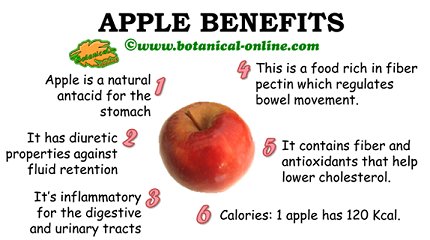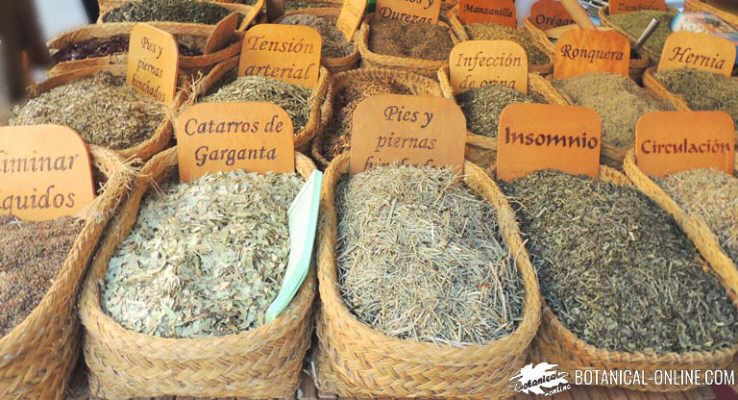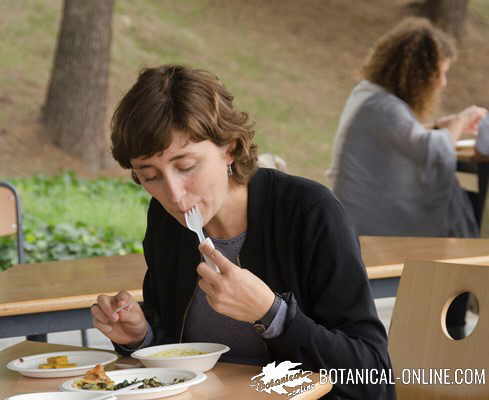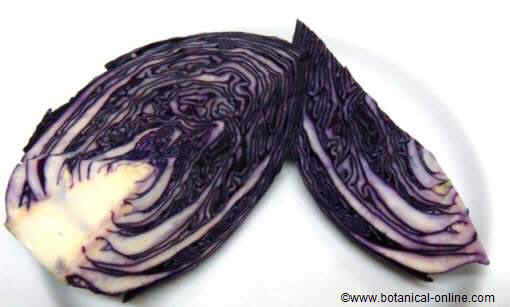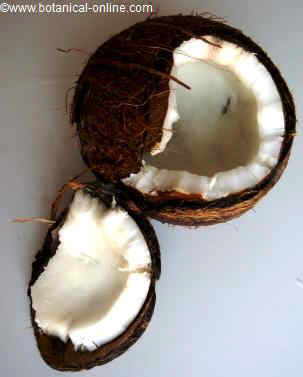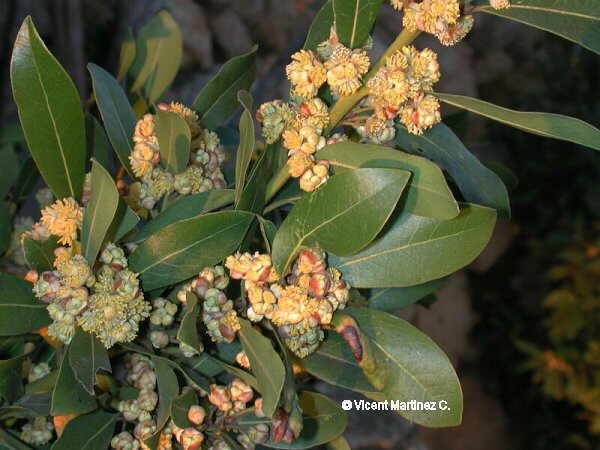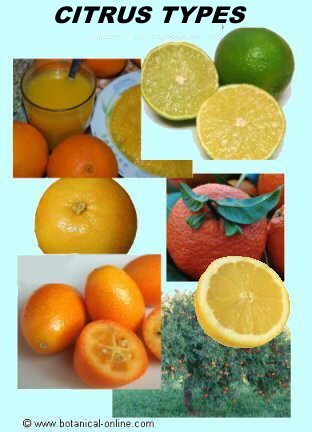Contents
What is a garlic plant?
Characteristics of garlic (Allium sativum)
Common noun: Garlic
– Spanish / Español: Ajo
Scientific noun: Allium sativum L.
Family: Lily family- Liliaceae
Habitat: It is known from remote times, being you used by most of the cultures, from the old Egyptian, Roman,
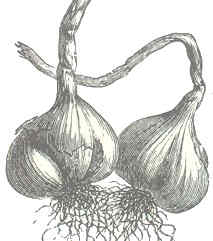
Greek until in the same India or Middle East. It seems that its origin is located in central Asia, from where it extended widely. It doesn’t appear naturalized.
Description of garlic plant
 Perennial plant of the Lily family Liliaceae – up to 1,5 m.
Perennial plant of the Lily family Liliaceae – up to 1,5 m.
Flat leaves till 8 mm wide.
Greenish or whitish flowers, sometimes rosy, not very abundant (sometimes lacking) that stand out with their long peduncle on a head of little bulbs, surrounded by a very long spathe.
Bulb of garlic formed by a white cover inside which there are several little bulbs (cloves).
Components of garlic
- Amino acids: Glutaminic acid, arginine, aspartic acid, leucine, lysine, valine… etc.
- Minerals: Mainly: manganese, potassium, calcium, phosphorus and., in minor quantities:: magnesium, selenium. sodium, iron, zinc and copper.
- Vitamins: Mainly: vitamin B6, also vitamin C and, in minor quantities, folic acid, pantothenic acid and niacin.
- Essential oil with many Sulphur-containing components: allyl disulfide, allyl trisulfide, etc.
- Alliin which, by means of enzyme alliinase, is converted into allicin.
- Ajoene, produced by allicin condensation.
- Quercetin.
- Sugars: fructose and glucose.
*Related information:
Active principles of medicinal plant
![]() More information on garlic
More information on garlic

